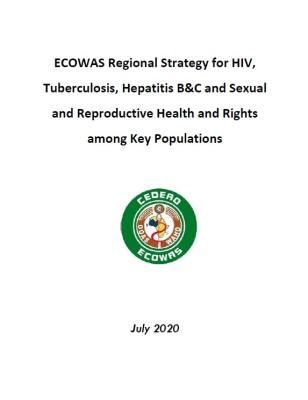ECOWAS Regional Strategy for HIV, Tuberculosis, Hepatitis
ECOWAS Regional Strategy for HIV, Tuberculosis, Hepatitis
August 31, 2020
The HIV pandemic contributes to significant ill-health and deaths as well as impedes socioeconomic development in the ECOWAS region. While the prevalence of HIV in the general population is relatively low at 0.3%-3.5%, it is up to 34.4% in some key populations. As the number of key populations increase in the region, it is likely that their contribution to new HIV infections will continue to be important if appropriate measures are not instituted. The criminalization of the sexual practices of key population groups, pervasive stigma and discrimination hinders their access to HIV programmes in the ECOWAS region. This, in part, contributes to the paucity of relevant information on key populations needed for planning service delivery.
Besides HIV, key populations have other health problems. Tuberculosis is the leading killer in people living with HIV. Imprisoned people and people who inject drugs in the ECOWAS region have a higher risk of acquiring Hepatitis C virus than the general population.
It was to address such challenges and to promote a harmonized response that stakeholders participating in a review meeting on the implementation of Dakar Declaration in Lomé in November 2018, agreed to work with WAHO to develop an integrated regional ECOWAS strategy on HIV/TB, hepatitis B and C and SRHR programming for key populations.

 Locations
Locations